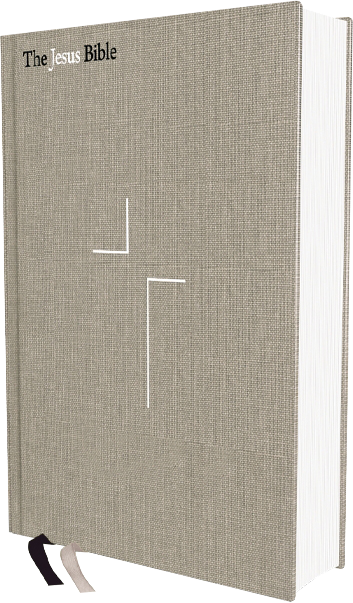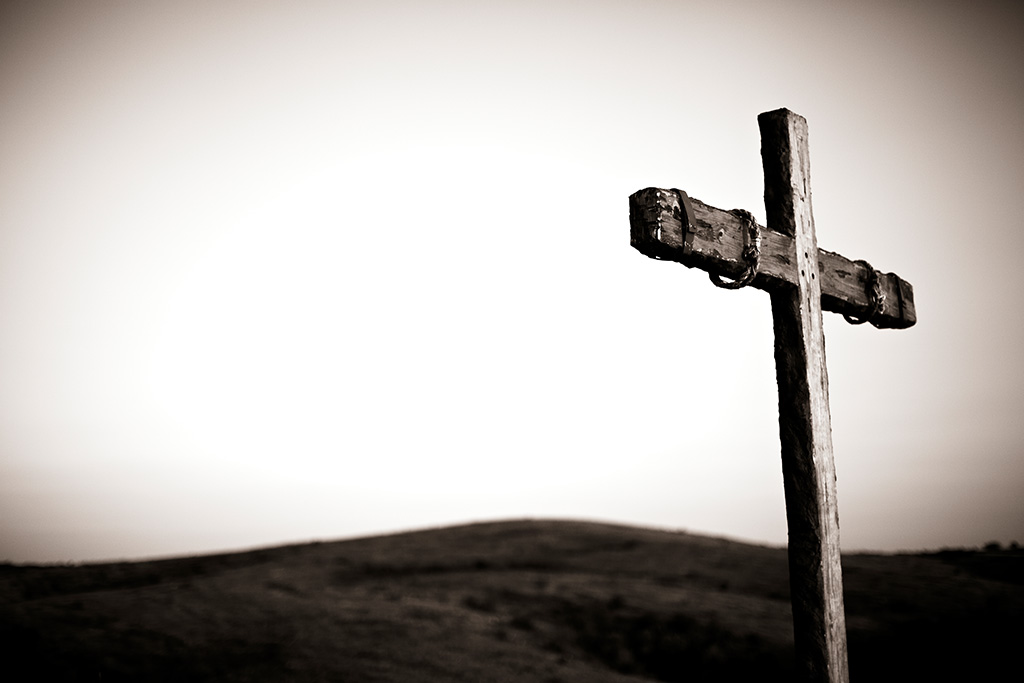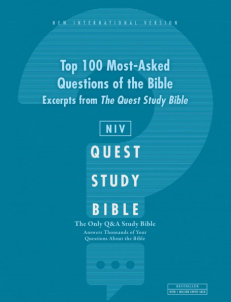
The Power of the Resurrection
Now Mary stood outside the tomb crying. As she wept, she bent over to look into the tomb and saw two angels in white, seated where Jesus’ body had been, one at the head and the other at the foot. They asked her, “Woman, why are you crying?” “They have taken my Lord away,” she said, “and I don’t know where they have put him.” At this, she turned around and saw Jesus standing there, but she did not realize that it was Jesus. He asked her, “Woman, why are you crying? Who is it you are looking for?” Thinking he was the gardener, she said, “Sir, if you have carried him away, tell me where you have put him, and I will get him.” Jesus said to her, “Mary.” She turned toward him and cried out in Aramaic, “Rabboni!” (which means “Teacher”). — John 20:11-16
In many of the accounts of Jesus’ resurrection, people who saw him had a difficult time recognizing Him. Mary thought Jesus was the gardener (John 20:14 – 15) before he spoke her name (John 20:16). The disciples had difficulty recognizing Jesus on the shore (John 21:4). And the men on the road to Emmaus did not realize they were talking to Jesus (Luke 24:15 – 16). In these resurrection accounts, all of the people ultimately do recognize Jesus. Yet there is something that makes his appearance different than it was before His arrest and crucifixion. As we seek to understand our own resurrection in Christ, it’s important for us also to appreciate the new quality of His reemergence.
The ultimate hope of the believer is not heaven, but the new heaven and new earth, of which Jesus emphatically says, “I am making everything new!” (Revelation 21:5). The essence of the word “new” in that phrase is not “different,” or “new” in terms of time, but rather “new” in terms of quality. One day Jesus will make all things that do exist new or better, fuller, more complete; this is certainly resurrection language.
In other words, the ultimate hope of the believer is the resurrection—when God will do for us and for all creation what he did for Jesus on Easter. The resurrected Jesus was still the same Jesus who had lived for more than thirty-three years and worked among the disciples for more than three years, but he was changed—he was “new,” he was more, he was resurrected.
Our Future Resurrection in Christ
Paul gives us an exciting glimpse of this coming reality (1 Corinthians 15:42–44; 49–54). God’s plans for His people in Christ are so good. The sure hope that believers have is that, one day, the whole creation will be made new, and all will be made right. God himself will dwell among His people, and He will wipe every tear from their eyes. More than that, there will be no more death or mourning or crying or pain (Revelation 21:4).
In the new heaven and new earth, Jesus will reign fully and forever, and everything will be as it should be. There will be no sin and no possibility of sin, and believers will finally live the lives God had designed them to live from the beginning of time.
For Reflection
As you think back on the glorious resurrection of Christ, let it be a reminder to look forward to our future resurrection in Christ.
Article drawn from the The Jesus Bible, NIV.

The Jesus Bible, NIV
Sixty-six books. One story. All about one name. Encounter the living Jesus in all of Scripture. Includes exclusive articles from Louie Giglio, Max Lucado, John Piper, and Randy Alcorn to help you see Jesus in every book of the Bible.
Learn More





